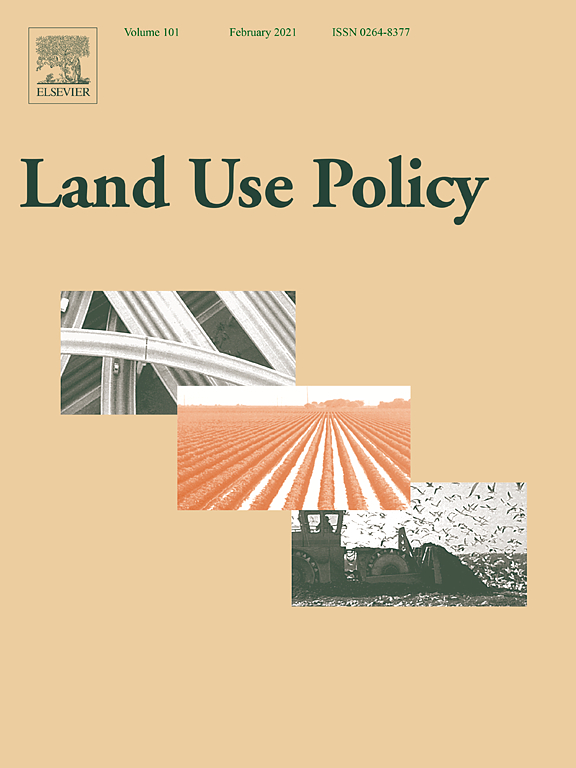Urban parks: Visitors’ perceptions versus spatial indicators
Urban green spaces and their role in the quality of life of residents have been studied across multiple disciplines, based on empirical measurements or qualitative studies – however, the relation, and its strength, between spatial indicators of urban green spaces and visitors’ perceptions of green spaces are less known.


